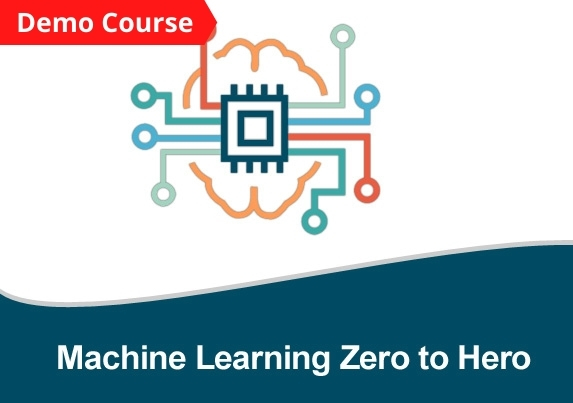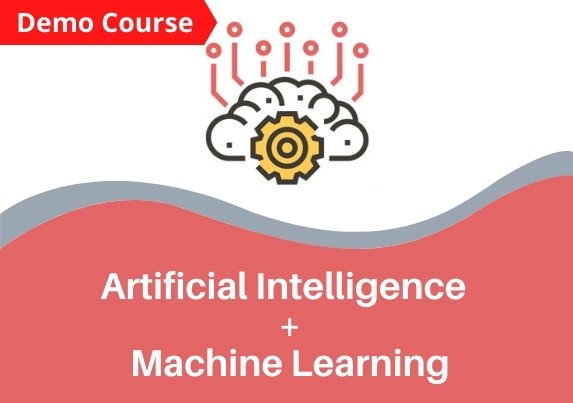| Syllabus |
| 1. Welcome to Machine Learning |
| 1. Introduction To Machine Learning |
2. History and Evolution |
3. Artificial Intelligence Evolution |
4. Find out where Machine Learning is applied in Technology and Science. |
|
|
| 2. Machine Learning Categories |
| 1. Supervised Learning |
2. Unsupervised Learning |
|
|
|
|
| 3. Machine Learning Python Packages |
| 1. Data Analysis Packages |
2. NumPy |
3. SciPy |
4. Matplotlib |
5. Pandas |
6. Sklearn |
| 4. Supervised Learning |
| 1. Regression |
2. Classification |
3. Generalization, Overfitting, and Underfitting |
|
|
|
| 5. Classification |
| 1. Classification |
|
|
|
|
|
| 6. Regression |
| 1. Understand how continuous supervised learning is different from discrete learning. |
2. Code a Linear Regression in Python with scikit-learn. |
3. Understand different error metrics such as SSE, and R Squared in the context of Linear Regressions. |
|
|
|
| 7. Supervised Machine Learning Algorithms |
| 1. k-Nearest Neighbor |
2. Linear models |
3. Naive Bayes Classifiers |
4. Decision trees |
5. Support Vector Machines |
|
| 8. Unsupervised Learning and Preprocessing |
| 1. Challenges in unsupervised learning |
2. Preprocessing and Scaling |
3. Applying data transformations |
4. Scaling training and test data the same way |
|
|
| 9. Dimensionality Reduction and Feature Extraction |
| 1. Principal Component Analysis (PCA) |
|
|
|
|
|
| 10. Introduction to Deep Learning |
| 1. A revolution in Artificial Intelligence |
2. Limitations of Machine Learning |
3. What is Deep Learning? |
4. Advantage of Deep Learning over Machine learning |
|
|
| 11. Introduction To Neural Networks with TensorFlow |
| 1. How Deep Learning Works? |
2. Activation Functions |
3. Training a Perceptron |
4. TensorFlow code-basics |
5. Tensorflow data types |
6. Tensorflow methods |
| 7. Introduction to Neural Networks |
8. Neural Network Architecture |
9. Linear Regression example revisited |
10. The Neuron |
11. Neural Network Layers |
12. The MNIST Dataset |
| 13. Coding MNIST NN |
|
|
|
|
|
| 12. Introduction to Convolutional Neural Networks (CNN) with TensorFlow |
| 1. Understand the limitations of a Single Perceptron |
2. Deepening the network |
3. Convolutional Neural Networks |
4. ConvNet Architecture |
5. Overfitting and Regularization |
6. Max Pooling and ReLU activations |
| 7. Dropout |
8. Strides and Zero Padding |
9. Coding Deep ConvNets demo |
10. Visualizing NN using Tensorflow |
11. Tensorboard |
|
| 13. Keras API |
| 1. How to compose Models in Keras |
2. Sequential Composition |
3. Functional Composition |
4. Predefined Neural Network Layers |
|
|



















